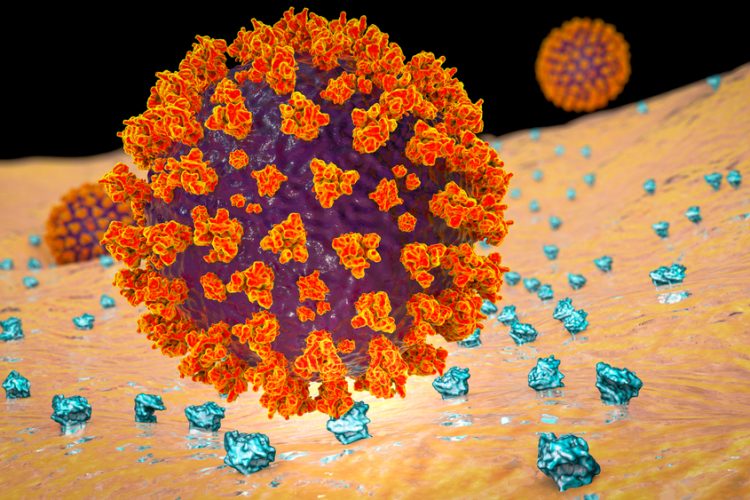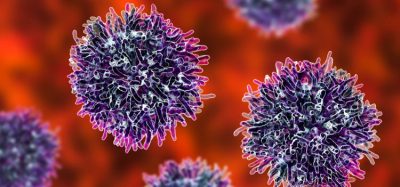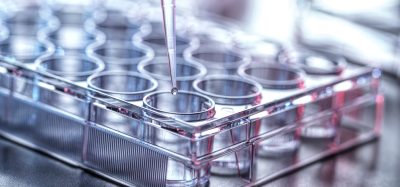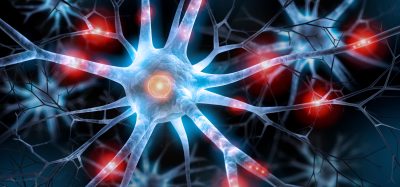Mass spec used to reveal glycan structures of COVID-19 Spike protein
Posted: 5 May 2020 | Victoria Rees (Drug Target Review) | No comments yet
High-resolution mass spectrometry has been used by researchers to map the glycan-processing states of the Spike protein of the SARS-CoV-2 virus, which causes COVID-19.


Using high-resolution mass spectrometry, researchers have mapped the glycan-processing states of the Spike (S) protein complex that allows the SARS-CoV-2 virus, which causes COVID-19, to infect human cells.
The study was led by researchers at the University of Southampton, UK, who found that SARS-CoV-2 S glycans differ from typical host glycan processing, which they say may have implications in vaccine design.
As scientists seek to combat COVID-19, the development of vaccines has focused on the S protein, a protein complex composed of three protomers that protrudes from the virus and binds to the angiotensin-converting enzyme 2 (ACE2) receptor on the surfaces of human cells. Previous research has shown that each of these protomers has 22 chemical sites that can go through glycosylation, which adds a glycan compound to a protein. According to the researchers, how these sites are glycosylated may affect which cells the virus can infect and the same processes could also shield some regions on the S protein from being neutralised by antibodies.
Investigating this particular process, the researchers expressed and purified recombinant glycosylated S complexes, then they used enzymes to cut these into peptides that each contained a single glycan but represented all glycan sites. They subsequently used mass spectrometry to determine the glycan composition at each site.
The team report that the SARS-CoV-2 S protein is less densely glycosylated than some other viral glycoproteins, possessing a sparse ‘glycan shield’, which they say may be beneficial for the development of neutralising antibodies.
Overall, the researchers say their new analysis provides a standard that can be used to measure the quality of the S antigen as scientists develop new vaccines and antibody tests.
The researchers’ findings were published in the journal Science.
Related topics
Imaging, Mass Spectrometry, Protein, Research & Development
Related conditions
Coronavirus, Covid-19
Related organisations
Southampton University








